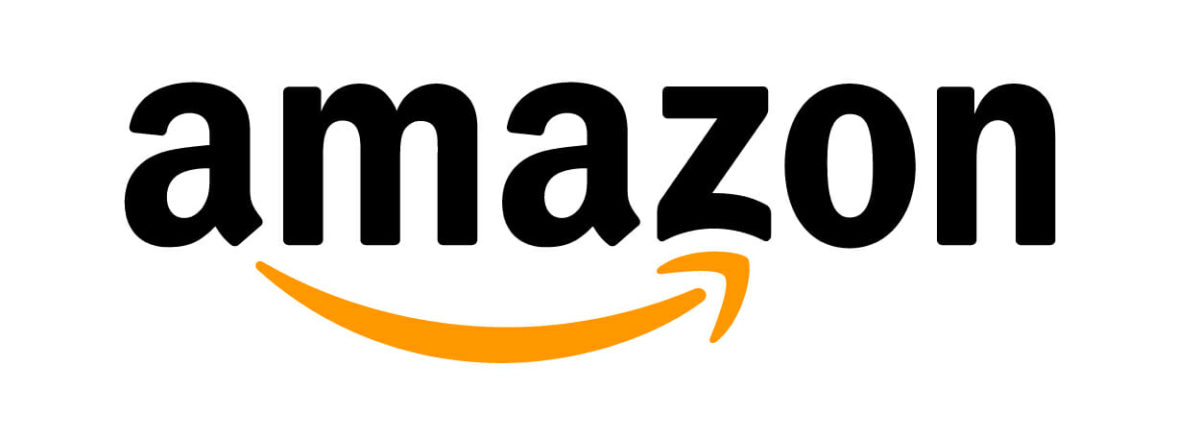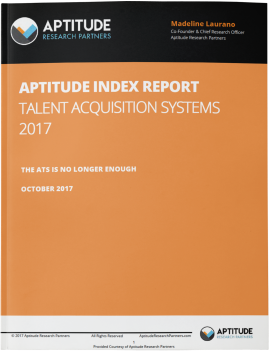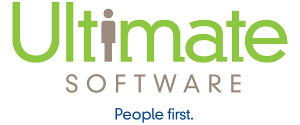Today marks a significant shift in the talent acquisition technology landscape. Shaker International, a leading assessment provider, has merged with Montage, a leading provider of candidate interview and hiring solutions. The new company will be co-headquartered in Delafield, WI, and Cleveland, OH under the leadership of Kurt Heikkinen as CEO and Brian Stern as President. The merger is designed to enable organizations to make better decisions through the combination of science, data, and technology.
According to Aptitude Research’s 2019 Talent Acquisition survey, 58% of hiring managers stated that they don’t have the data they need to make decisions around talent. This announcement is helping to solve a critical need in the market.
The HCM market has undergone numerous mergers and acquisitions over the past decade. While some provide value to customers and prospects, others fall short. According to research by Harvard Business Review, the failure of mergers and acquisitions is somewhere between 70% and 90%. A successful merger will require alignment of goals, a commitment to the customer, and a willingness to change the course when needed. Below are my early thoughts on what will make this merger successful and what customers can expect in the future.
– Deep Understanding of the Partnership: In this case, the merger is based on mutual respect and a desire to expand both products and customer base. These providers do different things. So, they don’t have to manage conflicting interests or compete with each other internally. They have taken the time to truly understand each other’s businesses and share similar values and goals for the future.
– Common Culture: Both Shaker and Montage are Midwestern companies that have sustained growth while innovating to meet the needs of the market. Montage has innovated through its scheduling and interview capabilities and Shaker through its predictive assessments and Virtual Job Tryout. After spending time with both companies over the past decade, I can say that this is a natural fit.
– Similar Customer Base: Both providers target enterprise companies. The combined company has hundreds of customers and 47 of the Fortune 100. This combination will give these companies more options from a single provider.
– Short-Term and Long-Term Goals: Establishing both short-term and long-term goals is a critical part of any merger. In the short-term, the providers will maintain separate brands, and the companies will remain intact with separate sales, customer support, and product teams. In the long-term, we can expect to see a holistic view of the company.
– More Insights: Unlike acquisitions, mergers are successful when both providers thrive. This merger gives both companies better data and insights to help grow their products and support customers. The combined company has over 15 million candidates and enable over 1 million hires in over 20 languages in 200 countries and territories this year.
This merger is helping to reshape and reimagine how organizations hire. But, it also has the potential to change how organizations invest in technology. Companies can start to think less about filling a category and more about solving a business challenge. Over the next year, this combined company will need to adjust to changes along the way and carefully consider future branding and customer requests. We will keep you posted over the next few months.







